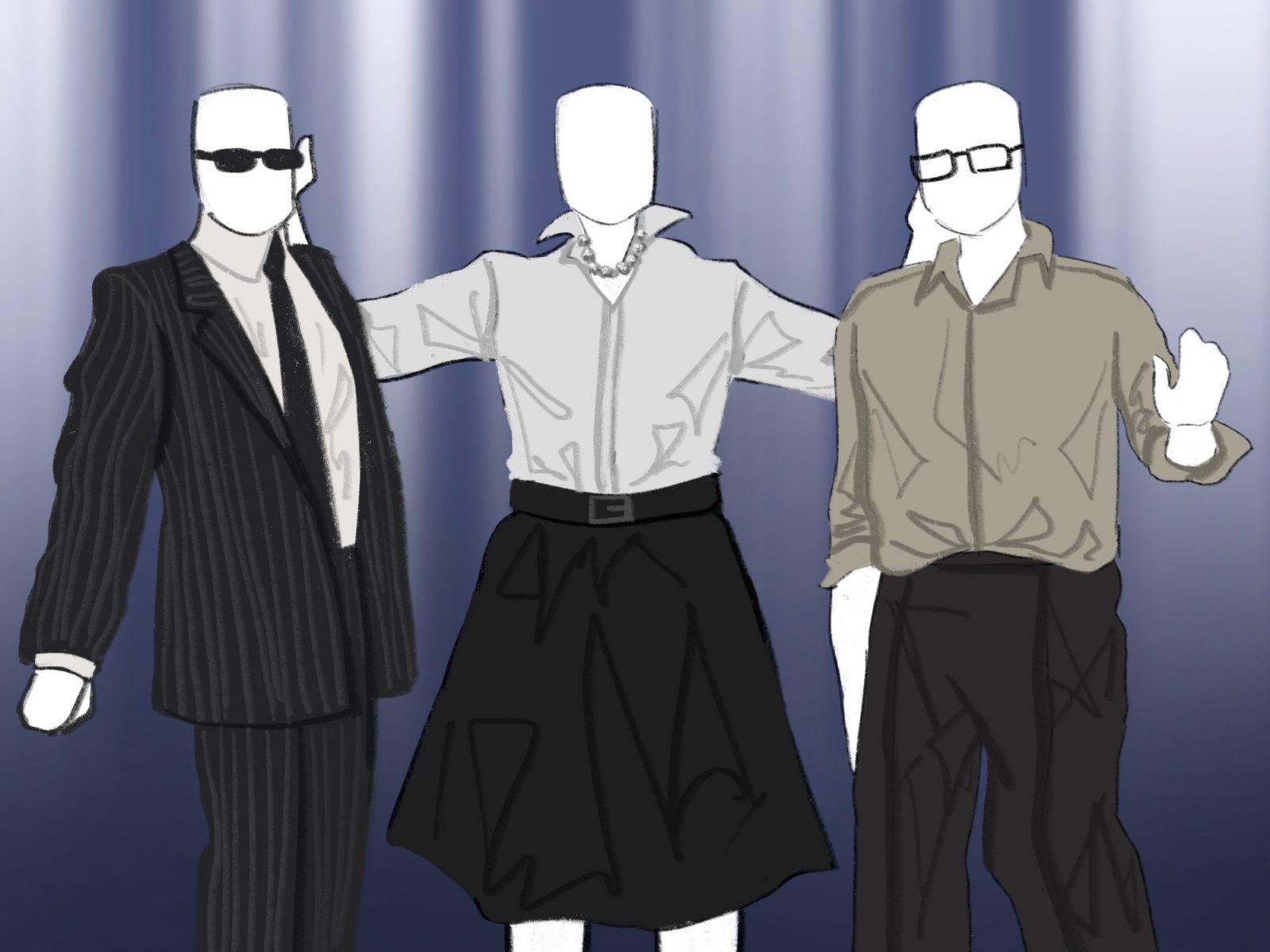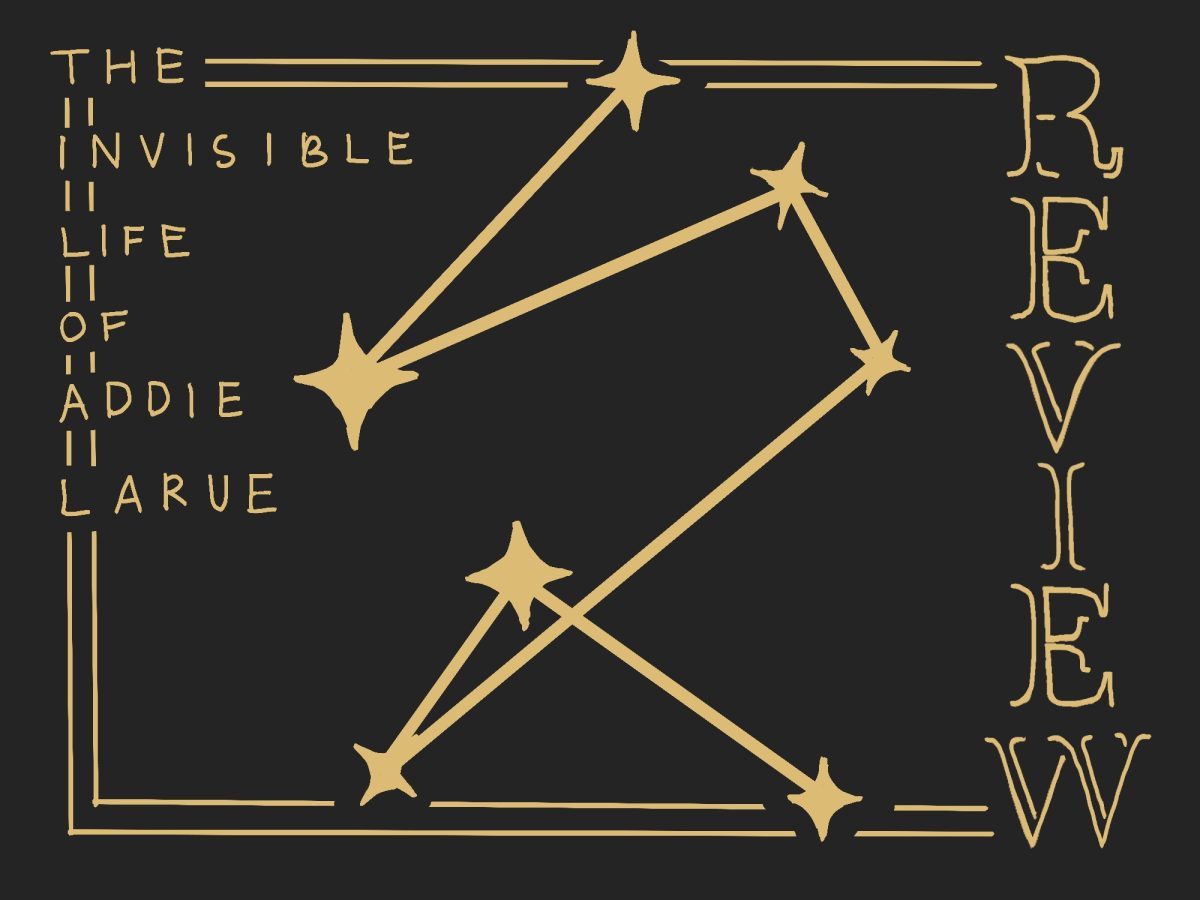On the heels of a recent Dartmouth College and Medical School study comparing cigarette smoking with its appearance in movies, Boston University students said there is a possibility of a link, but disagree on how much Hollywood is to blame.
Angelique Nomie “wanted to look cool” when she started smoking. The College of Arts and Sciences sophomore said a link between movies and kids’ smoking would make sense because “image is everything.”
Mike Lowndes, a CAS junior, agreed, saying he hasn’t started smoking because he has never found any reason to.
“I didn’t find it very appealing,” Lowndes said. “[However, I could] see how some kids might think it’s cool.”
If an idolized action hero was a smoker in a movie, that could certainly have a strong effect, he said.
Dorian Fox, a CAS junior, said the image of smoking and Hollywood is linked, with smoking “portrayed as fashionable.”
Fox said movie stars are often seen smoking on and off screen, though he has never smoked because of his “adverse feelings towards it,” his parents and the associated health risks.
Many smokers at BU didn’t start as teenagers. Chris Vassil, a College of Communication sophomore, said smoking “wasn’t relevant growing up,” and he had “no real desire” to smoke. However, a year-and-a-half ago he started smoking, attributing the decision in part to culture.
Diana Macasa, a CAS sophomore, didn’t start smoking until college. She said students “meet so many people who smoke,” adding that half of her friends are smokers.
J. Griffin Coop, a School of Theology student, said it is an “influence to some degree,” but blaming the movie industry would be unfair.
“[I think there is a] mutual give and take between film and reality; film reveals reality even more than it creates reality,” Coop said.
One anti-tobacco group, Smoke Free Movies, counters this popular argument. According to its website, movies distort reality by showing rich, glamorous people smoking, when in reality most smokers are less educated and less affluent.
The group also says if movies reflected life accurately, they would show more of the negative effects of smoking, which it argues “accounts for more suffering and death than homicide, suicide, illegal drugs and AIDS combined.”
The Food and Drug Administration restricts advertising on billboards and signs, in youth publications and through giveaways and entertainment and sporting event sponsorship, but these restriction do not extend to movies.
The movie industry claims to have voluntarily ceased to accept payment for product placement of cigarettes, and some movies do contain anti-smoking messages along with cigarette use, but Smoke Free Movies argues this is not enough.
Smoke Free Movies wants an R rating to be required for “any film that shows or implies tobacco use,” helping to shield kids from tobacco in films.
Lowndes said it would be acceptable if parents warned their children about the dangers of smoking.
If parents know what is in movies before letting kids see a film, it could help prevent kids exposure to a pro-smoking message, he said.
Other students said the rating wouldn’t help because many underage kids sneak into R rated movies. Macasa said the rating may not stop all kids from seeing a movie, but it would limit exposure, which she said would help.
Vassil said brand identification, another Smoke Free Movies concern, wasn’t a big issue. He picked his brand of cigarettes by trying different types and wasn’t influenced by the image of a certain company, he said.













































































































